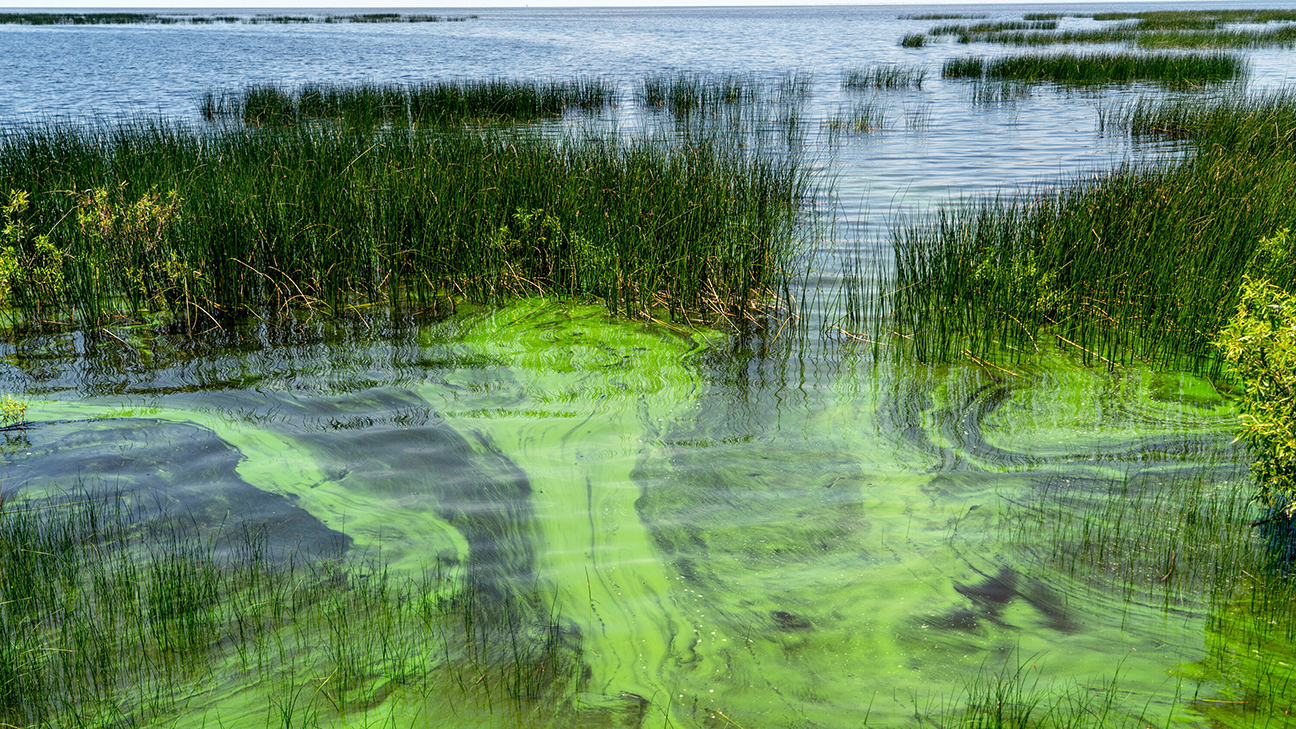Climate change is a global crisis that affects various aspects of our environment, and one area where its impacts are becoming increasingly evident is in northern US lakes. New research, led by Carnegie’s Anna Michalak, Julian Merder, and Gang Zhao, reveals that climate change is heightening the risk of high toxin concentrations in these lakes, specifically due to the proliferation of harmful algal blooms. These blooms are a direct consequence of rising temperatures, with water temperatures between 20 to 25 degrees Celsius (68 to 77 degrees Fahrenheit) posing the greatest risk for dangerous levels of a common algae-produced toxin known as microcystin.
Harmful algal blooms occur when bodies of water become overloaded with nitrogen and phosphorus runoff stemming from agriculture and various human activities. The surplus nutrients create ideal conditions for blue-green algae to multiply uncontrollably. Unfortunately, some of these blue-green algal species produce microcystin, a toxin that poses serious threats to both human health and the environment. It can also have adverse economic implications for fishing and tourism.
Microcystin can wreak havoc on liver function and even prove fatal to both wild and domestic animals, and in rare cases, humans. What makes this toxin even more alarming is that it is classified as a potential carcinogen with chronic exposure. A vivid example of the dangers posed by these algal blooms occurred in 2014 when Lake Erie experienced a significant algal bloom, leading to elevated microcystin levels in the water supply. As a result, residents in Ohio and Ontario were advised not to consume tap water due to the risk of exposure.
To better understand the implications of climate change on water quality, Merder, Michalak, and their colleagues embarked on a comprehensive study. They analyzed samples from 2,804 US lakes between 2007 and 2017, focusing on how water temperature influences the presence and concentration of microcystin. Their research aimed to shed light on the risks posed by climate change to water quality.

Anna Michalak’s lab has been at the forefront of climate change and water quality research for over a decade. Previous work has shown that lakes worldwide are already experiencing more severe algal blooms, and nutrient pollution is exacerbated by changing rainfall patterns. “Lakes are sentinels of climate change,” Michalak emphasizes, noting that lakes store 87 percent of the world’s liquid freshwater. The warming and precipitation shifts associated with climate change are significant threats to water quality and aquatic ecosystems.
The surface temperatures of lakes have been rising at an alarming rate of 0.34 degrees Celsius (0.61 degrees Fahrenheit) per decade. Merder and Michalak sought to understand what this and future warming would mean for elevated toxin concentrations. They discovered that blue-green algae’s abundance is projected to increase due to climate change, as these species tend to outcompete others.
However, the impact of these algae on microcystin concentrations was previously uncertain. The research of Merder and Michalak successfully quantified toxin levels with water temperature, revealing that temperatures between 20 to 25 degrees Celsius are most dangerous in terms of elevated microcystin concentrations. Furthermore, they found that the impact of temperature is amplified when nutrient concentrations are high.
By incorporating information from climate models, the researchers highlighted a concerning trend – areas most vulnerable to high toxin concentrations will continue to shift northward. Some regions may experience up to a 50 percent increase in the relative risk of exceeding water quality guidelines in the coming decades. Paradoxically, in a small number of southern regions, toxin hazards will decrease as water temperatures exceed the levels associated with the highest risk.






